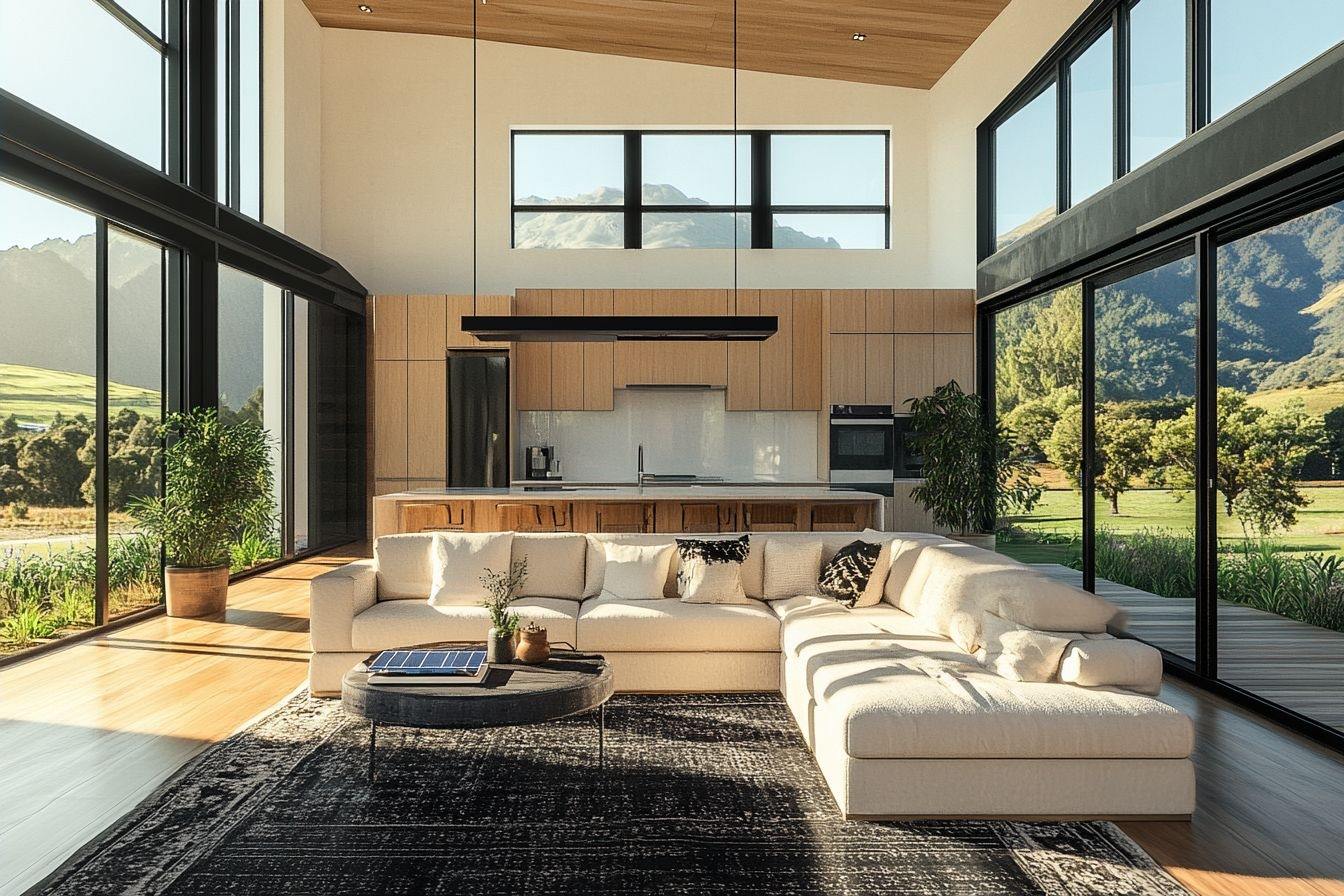Biophilic Design: Bringing Nature Indoors for Better Health
Can your home or office environment actually improve your health? Imagine a workspace filled with natural light, lush greenery, and organic textures. This isn't just about aesthetics – it's a growing health trend called biophilic design. Let's explore how integrating nature into our built environments can boost our physical and mental well-being.

Throughout most of human history, we lived in close harmony with nature. It’s only in recent centuries that we’ve become increasingly disconnected from natural environments, spending up to 90% of our time indoors. This disconnect has been linked to various health issues, including increased stress, reduced cognitive function, and diminished overall well-being.
The Science Behind Nature’s Healing Power
Research has consistently shown that exposure to nature has profound effects on human health. A landmark study published in the journal Environmental Health Perspectives found that people living in greener urban areas had lower rates of mortality from cardiovascular disease. Another study in the International Journal of Environmental Research and Public Health revealed that office workers with views of nature reported higher job satisfaction and lower stress levels.
The physiological effects of nature exposure are equally impressive. Time spent in natural environments has been shown to lower cortisol levels, reduce blood pressure, and improve immune function. Even brief interactions with nature, such as viewing images of natural scenes, can have measurable benefits on cognitive performance and mood.
Key Elements of Biophilic Design
Biophilic design seeks to incorporate nature into built environments through various strategies:
-
Direct nature connections: This includes incorporating living plants, water features, and natural light into indoor spaces.
-
Indirect nature experiences: Using natural materials, colors, and patterns that mimic nature can evoke similar physiological responses to direct nature exposure.
-
Space and place conditions: Creating environments that reflect natural settings, such as changes in light throughout the day or spaces that provide both prospect (open views) and refuge (cozy nooks).
Implementing Biophilic Design in Your Space
You don’t need to completely overhaul your environment to benefit from biophilic design. Simple changes can make a significant impact:
-
Introduce plants: Indoor plants not only improve air quality but also reduce stress and enhance cognitive function.
-
Maximize natural light: Ensure your space has ample windows or skylights. If that’s not possible, use full-spectrum lighting that mimics natural daylight.
-
Use natural materials: Incorporate wood, stone, and other natural textures into your decor.
-
Create visual connections to nature: If you can’t have a view of nature, use artwork or photographs depicting natural scenes.
-
Incorporate biomorphic forms and patterns: Choose furniture and decor with organic shapes and patterns inspired by nature.
Biophilic Design in Healthcare Settings
The healthcare industry has been quick to adopt biophilic design principles, recognizing their potential to improve patient outcomes. Hospitals and clinics incorporating natural elements have reported reduced patient stress, decreased pain perception, and even shorter hospital stays.
A study published in the Journal of Alternative and Complementary Medicine found that patients recovering from surgery in rooms with plants and flowers had lower blood pressure, less pain, anxiety, and fatigue compared to those in standard hospital rooms.
Nature’s Prescription: Quick Wellness Boosts
-
Spend at least 120 minutes in nature per week for optimal health benefits
-
Use nature sounds as background noise to reduce stress and improve focus
-
Keep a small plant on your desk to boost productivity and creativity
-
Take “green micro-breaks” by looking at nature scenes for 40 seconds
-
Walk barefoot on grass or sand for 15 minutes to practice earthing
Embracing the Biophilic Future
As we continue to urbanize and digitize our lives, the importance of maintaining our connection to nature becomes increasingly crucial. Biophilic design offers a practical and evidence-based approach to improving our health and well-being through our built environments. By integrating nature into our homes, workplaces, and public spaces, we can create healthier, more vibrant communities that honor our innate bond with the natural world. As research in this field progresses, we can expect to see biophilic design principles become a standard consideration in architecture and urban planning, paving the way for a healthier, more nature-connected future.





